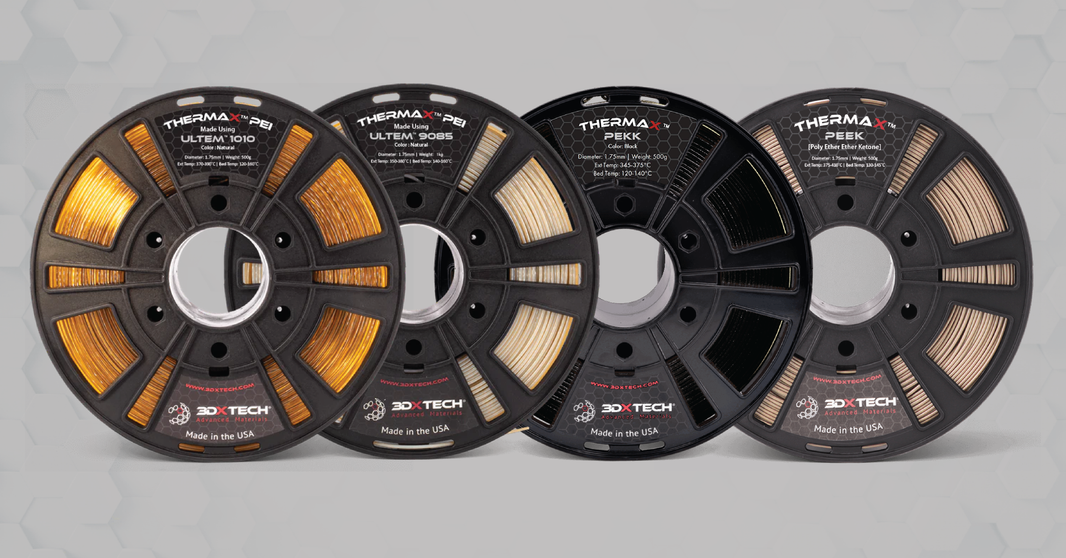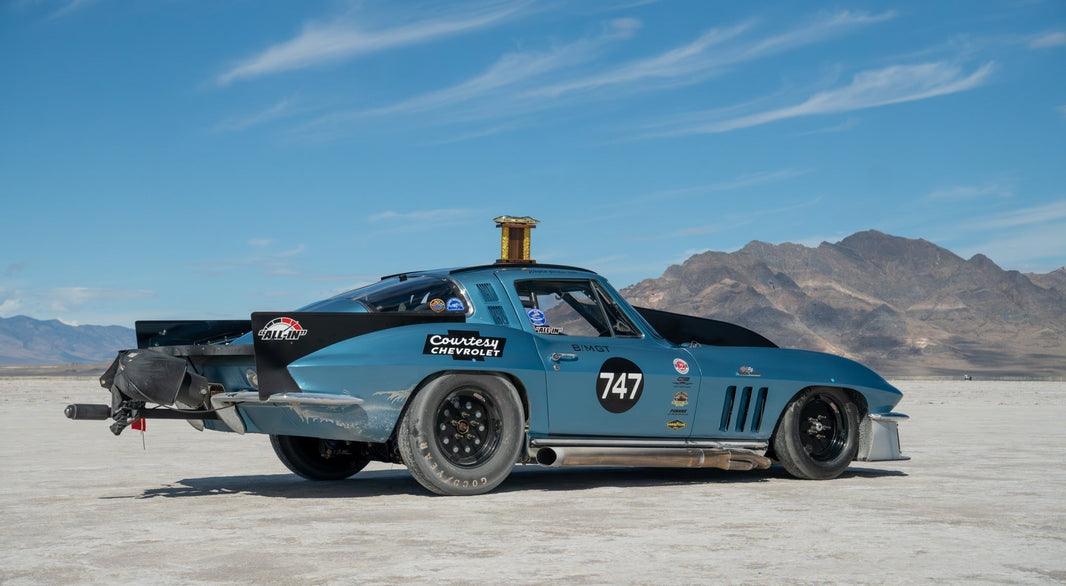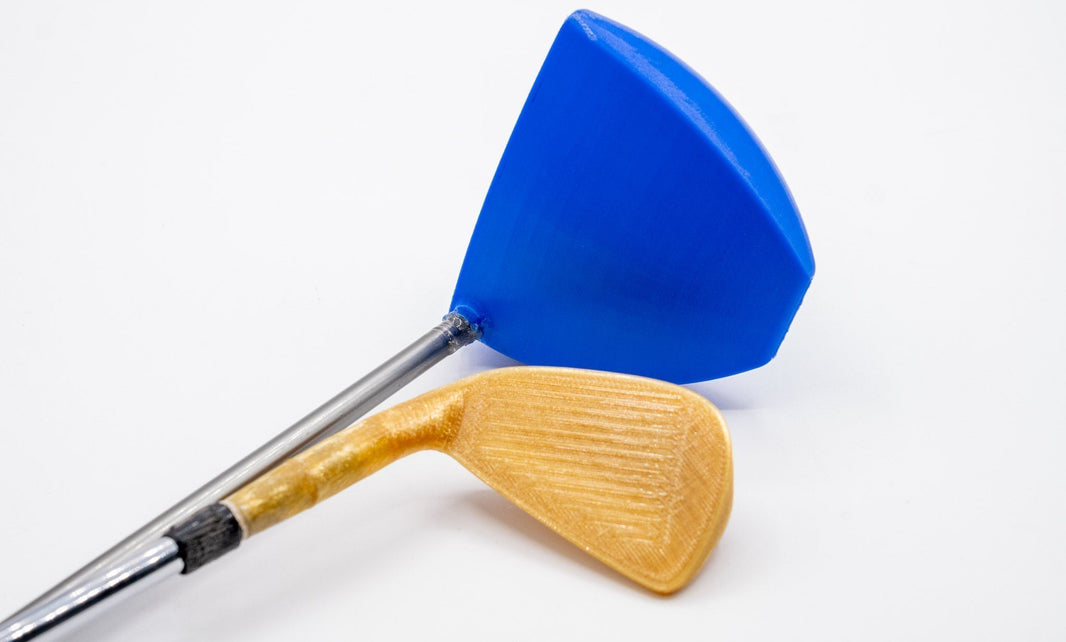Back in August, the 3DXTECH team took a break from the shop and headed to the golf course for a company outing. But we couldn’t resist turning it into a materials experiment. We wondered if it would be possible to print our own golf clubs.
We 3D printed a few golf club heads using different materials, including Ecomax PLA and high-performance Ultem™ 1010. Of course, this was far from a proper engineering test. It was simply a hands-on way to see how our materials behave under real-world impact. What started as a friendly competition quickly turned into a fascinating case study in polymer performance.
Stress Testing a 3D Printed Golf Club
So what exactly happened on the course?
On paper, Ultem™ 1010 is an advanced engineering thermoplastic trusted across aerospace, defense, and high-performance industrial applications. It withstands chemicals, maintains strength above 200 °C, and is often used for parts that simply cannot fail, such as intake manifolds and carbon fiber layup molds.
But on the golf course? Things played out a little differently.
A golf swing can generate over 100 mph of clubhead speed and deliver thousands of newtons of force at impact. That’s a brutal test for any printed part, especially when it strikes the turf. To our surprise, the PLA driver held up, while the Ultem 7-iron didn’t survive its encounter with the ground.
Why Did PLA Survive?
The difference came down to how each material behaves under stress.
- Flexural strength: PLA actually has a slightly higher flexural strength than Ultem 1010, meaning it can bend a bit more before breaking. That flexibility helped it absorb impact energy rather than crack.
- Layer bonding: PLA prints at more accessible temperatures, often resulting in stronger layer adhesion. Those solid bonds provide a little extra forgiveness when absorbing sudden impact.
- Crystallinity in Ultem: During printing, Ultem 1010 can form regions of crystallinity. While that’s great for heat and chemical resistance, it can create weak points along layer lines under extreme, fast-loading stress.
When you’re swinging a club at over 100 mph, those small differences become major factors. The result? The PLA driver lived to swing again, while the Ultem 7-iron snapped at its layer lines after making contact with the ground.
The Takeaway: Context Is Everything
This isn’t a knock on Ultem 1010. It simply wasn’t designed for this kind of test. PLA’s strength in this scenario came from its forgiving print behavior and flexibility, not from overall durability. Ultem 1010 is built for environments where reliability at extreme temperatures is non-negotiable, such as aerospace components, automotive engine bays, and industrial tooling.
Unless you’re golfing in 200 °C weather, PLA is the better choice for fairway experiments. But when it comes to high-heat, mission-critical parts, Ultem 1010 remains one of the toughest materials you can print.
Want to learn more about the materials featured in this test?
Check out our product pages for PLA and Ultem™ 1010, along with other high-performance filaments engineered for real-world performance.






